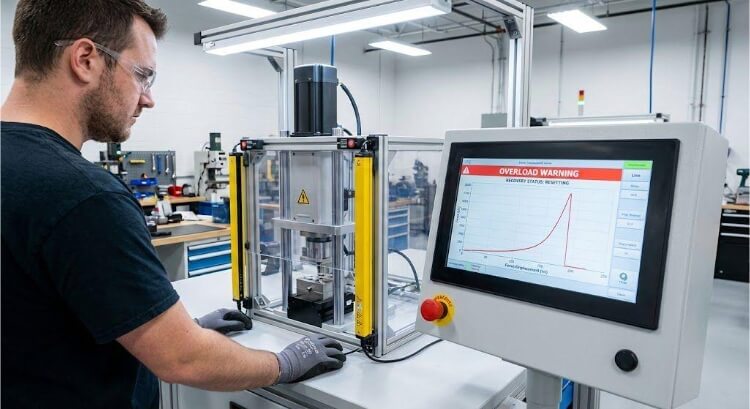CNC machining tolerances can be a critical aspect of any manufacturing process. If you’re facing challenges with part fits or assembly issues, it’s likely due to misunderstanding tolerances. This can lead to costly errors and wasted time. By grasping the concept of tolerances, we can enhance our production quality and efficiency.
CNC machining tolerances refer to the allowable deviation from the specified dimensions of a part. Simply, it’s the range within which a part’s measurements can vary while still being considered acceptable. Tolerances are crucial because they ensure parts fit together correctly and function as intended.
Understanding the basics of CNC machining tolerances helps us produce parts that meet precise specifications. It ensures our products perform reliably and consistently. Let’s explore this further.
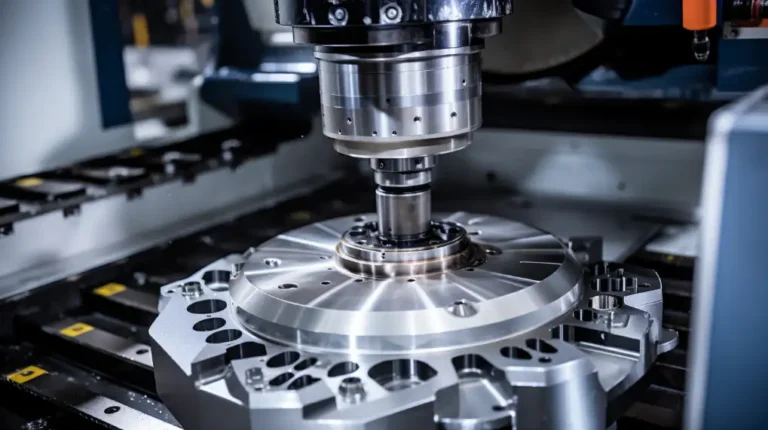
Basics of CNC Machining Tolerances
What is CNC Machining Tolerances?
CNC machining tolerances are the allowable deviations from the specified dimensions of a part. They define the range within which the actual measurements of a part can vary while still being acceptable. Tolerances ensure that parts fit together correctly and function as intended, maintaining the quality and reliability of the final product.
Types of Tolerances
Dimensional Tolerances
Dimensional tolerances control the allowable variation in the size of a feature. This includes length, width, height, and other linear dimensions. For example, a hole specified as 10mm with a tolerance of ±0.1mm means the diameter can range from 9.9mm to 10.1mm.
Geometric Tolerances
Geometric tolerances control the allowable variation in the shape and position of features. These include flatness, straightness, roundness, perpendicularity, and concentricity.
Units of Measurement (Metric vs. Imperial)
Tolerances can be specified in metric or imperial units, depending on the industry and region. Metric units (millimeters, micrometers) are commonly used in many parts of the world, while imperial units (inches, thousandths of an inch) are prevalent in the United States.
Importance of Tolerances in CNC Machining
Tolerances are crucial in CNC machining for several reasons:
- Ensuring Fit and Functionality: Proper tolerances ensure that parts fit together as intended and function correctly.
- Quality Control: Tolerances help maintain consistent quality by defining acceptable limits for variations.
- Cost Efficiency: Specifying appropriate tolerances balances the need for precision with production costs.
- Interchangeability: Tolerances ensure that parts from different batches or suppliers can be used interchangeably.
Dimensional Tolerances
Linear Tolerances
Linear tolerances specify the allowable variation in a part’s length, width, height, or diameter.
Linear tolerances are typically represented on engineering drawings using the plus-minus notation (±) or specific upper and lower limit values.
Angular Tolerances
Angular tolerances control the allowable variation in the angle between two surfaces or features.
Angular tolerances are typically represented in degrees and minutes on engineering drawings and are essential for maintaining the correct alignment and orientation of parts in an assembly.
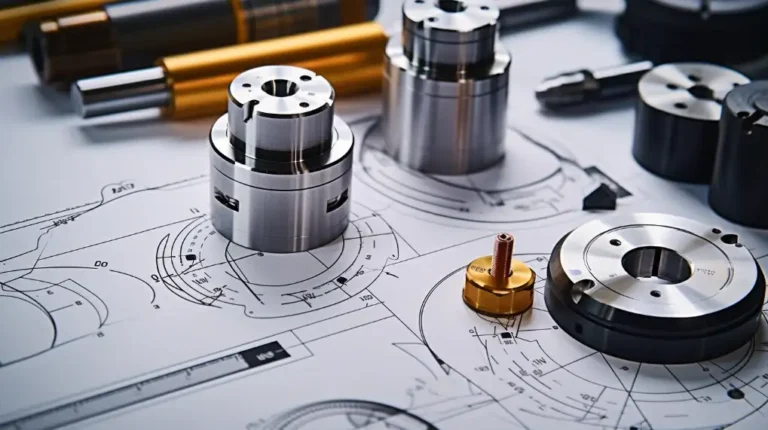
Geometric Tolerances
Form Tolerances
Flatness
Flatness tolerance controls the allowable variation in a surface’s flatness. It ensures that a surface lies within two parallel planes separated by the tolerance value.
Straightness
Straightness tolerance controls the allowable variation in a line element’s straightness. It ensures that a feature lies within a specified tolerance zone along its length.
Orientation Tolerances
Parallelism
Parallelism tolerance ensures that two surfaces or features are parallel within a specified tolerance zone.
Perpendicularity
Perpendicularity tolerance controls the allowable variation from 90 degrees between two surfaces or features.
Angularity
Angularity tolerance controls the allowable variation from a specified angle between two surfaces or features. This ensures that parts maintain the correct angular relationship.
Location Tolerances
Position
Position tolerance controls the allowable variation in the location of a feature relative to its proper position.
Concentricity
Concentricity tolerance ensures that the central axes of two or more features are aligned within a specified tolerance. This is important for rotating parts that require precise balance.
Symmetry
Symmetry tolerance controls the allowable variation in the symmetry of a feature relative to a central plane or axis.
Runout Tolerances
Circular Runout
Circular runout tolerance controls the allowable variation of a feature’s surface relative to its central axis as it rotates.
Total Runout
Total runout tolerance controls the allowable variation of a feature’s entire surface relative to its central axis.
Factors Influencing CNC Machining Tolerances
Material Properties
Different materials have varying hardness, flexibility, and thermal expansion levels, which can affect machining accuracy.
Tooling and Equipment
The quality and condition of the tooling and equipment used in CNC machining greatly influence tolerances. Worn or improperly calibrated tools can lead to deviations in the final dimensions.
Machining Processes
The specific machining processes used can also impact the tolerances that can be achieved. Different processes have inherent levels of precision and suitability for maintaining tight tolerances.
Environmental Factors
Environmental conditions in the machining environment can affect tolerances. Factors such as temperature, humidity, and vibration can cause dimensional changes in the workpiece and the machine.
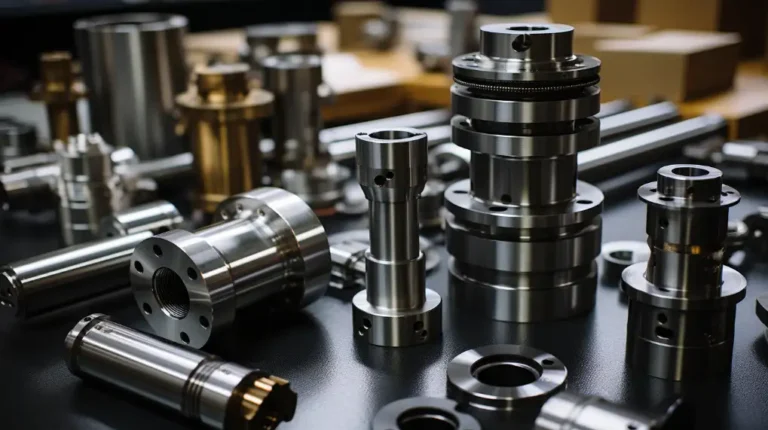
Standardized Tolerances for CNC Machining
Standardized tolerances in CNC machining help ensure consistency and reliability across different parts and projects. Below are some commonly accepted tolerance standards used in the industry.
ISO Tolerance Grades
ISO (International Organization for Standardization) provides a system of tolerance grades defined in ISO 286-1 and ISO 286-2. These grades range from IT01 (very precise) to IT16 (least precise). Here are a few examples:
- IT01: ±0.001mm – Used for exact components, such as those in aerospace or high-precision instruments.
- IT6: ±0.010mm – Commonly used for high-precision mechanical parts.
- IT11: ±0.1mm – Suitable for general-purpose parts.
ANSI/ASME Standards
The ANSI/ASME Y14.5 standard specifies tolerances in the form of geometric dimensioning and tolerancing (GD&T). This standard is widely used in North America. Key tolerance classes include:
- RC (Running Clearance): For parts that need to move freely relative to each other. Tolerances typically range from ±0.025mm to ±0.100mm.
- LN (Locational Interference): For parts that require a press fit to stay in place. Tolerances can be as tight as ±0.005mm to ±0.050mm.
Specific Tolerances for CNC Machining
In general, CNC machining tolerances can be categorized as follows:
- Linear Tolerances: ±0.025mm to ±0.125mm, depending on the part size and complexity.
- Angular Tolerances: ±0.1° to ±0.5° depending on the feature requirements.
- Positional Tolerances: ±0.01mm to ±0.05mm, critical for ensuring accurate feature placement in assemblies.
Material-Specific Tolerances
Different materials may require adjustments to standard tolerances due to their properties:
- Metals (e.g., Aluminum, Steel): Tolerances typically range from ±0.025mm to ±0.075mm.
- Plastics: Due to their tendency to deform, tolerances are generally looser, ranging from ±0.050mm to ±0.150mm.
- Composites: Similar to plastics, composites may have tolerances from ±0.050mm to ±0.125mm.
Example Tolerances for Specific Applications
- Aerospace Components: Tolerances as tight as ±0.005mm for critical parts.
- Medical Devices: Tolerances typically around ±0.010mm for precision components.
- Automotive Parts: Standard tolerances of ±0.050mm for non-critical components and tighter tolerances for engine parts.
Common Challenges in Maintaining Tolerances
Machine Wear and Tear
Over time, even the most advanced CNC machines experience wear and tear. This can lead to deviations in machining accuracy and difficulties in maintaining tight tolerances.
Key Points:
- Component Degradation: Parts like bearings, spindles, and guideways degrade, causing looseness and inaccuracies in the machine’s movements.
- Regular Maintenance: A proactive maintenance schedule helps identify and replace worn components before they affect part quality.
Thermal Expansion
Temperature changes can cause materials to expand or contract, affecting the dimensions of both the workpiece and the machine itself.
Key Points:
- Material Expansion: Different materials expand at different rates. Machining a part in a fluctuating temperature environment can result in dimensional changes.
- Machine Compensation: Advanced CNC machines have thermal compensation features that adjust for temperature-induced changes.
Human Error
Human error can also affect the ability to maintain tight tolerances. This includes errors in setup, programming, and measurement.
Key Points:
- Setup Errors: Incorrectly setting up the workpiece or tooling can lead to dimensional inaccuracies.
- Programming Mistakes: Errors in the CNC program can cause incorrect tool paths, leading to out-of-tolerance parts.
- Measurement Inaccuracies: Improper use of measurement tools can result in incorrect readings and parts being mistakenly accepted or rejected.
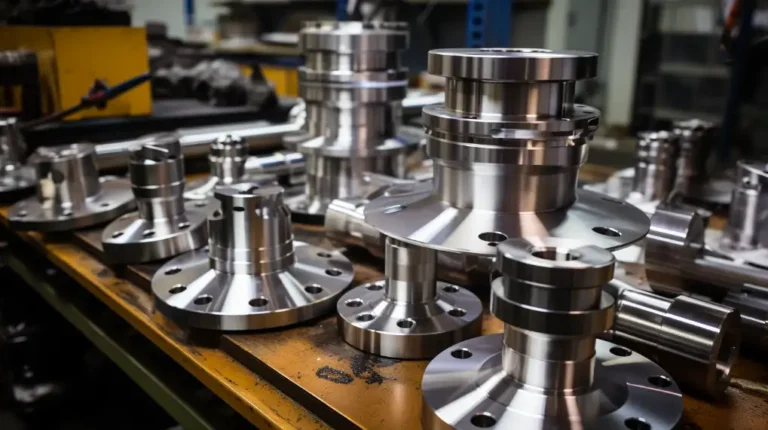
Tolerance Stack-Up
Understanding Tolerance Stack-Up
Tolerance stack-up refers to the cumulative effect of individual tolerances in an assembly. When multiple parts are assembled, their tolerances can add up, leading to a total variation that may exceed acceptable limits.
Key Points:
- Additive Effect: Each part’s tolerance contributes to the overall dimensional variation of the assembly.
- Critical in Assemblies: Tolerance stack-up is especially critical in assemblies where precise fits and alignments are necessary for proper function.
Methods to Mitigate Tolerance Stack-Up Issues
There are several methods to mitigate tolerance stack-up issues, ensuring that assemblies fit together correctly and function as intended.
Key Methods:
Statistical Tolerance Analysis
This method uses statistical techniques to predict the likelihood of tolerance stack-up causing issues. By understanding the probability distribution of individual tolerances, we can better predict the overall variation in the assembly.
Tolerance Allocation
Tolerance allocation involves strategically assigning tighter tolerances to critical dimensions and looser tolerances to less critical ones.
Datum Structure
A consistent data structure helps ensure that all parts are referenced from the same points, reducing the chance of cumulative errors.
Geometric Dimensioning and Tolerancing (GD&T)
GD&T provides a comprehensive system for defining tolerances considering the part’s geometry and function.
Conclusion
Understanding and managing CNC machining tolerances are essential for producing high-quality and reliable parts. Correctly specifying and maintaining tolerances ensure parts fit together and function as intended.
Do you need a reliable sheet metal parts manufacturer? Shengen is the place to go. We specialize in sheet metal laser cutting, bending, surface finish, and CNC Machining. Reach out to Shengen Today and seek help from professionals!
FAQs
What is the tightest tolerance achievable in CNC machining?
The tightest tolerance achievable in CNC machining typically ranges from ±0.002mm to ±0.01mm. This depends on the machine’s precision, the machining material, and the specific machining process used.
What is the tolerance of CNC in general?
General CNC machining tolerances typically range from ±0.1mm to ±0.05mm. This can vary based on the machine’s capability, the material, and the part’s complexity.
How can I ensure my CNC parts meet specified tolerances?
To ensure CNC parts meet specified tolerances, follow these practices:
- Use high-precision CNC machines.
- Implement advanced machining techniques.
- Perform regular quality control and inspections.
- Collaborate closely with machinists and engineers.
- Use appropriate measurement tools and maintain a stable machining environment.
What is the tolerance for machining position?
The positional tolerance for CNC machining can range from ±0.01mm to ±0.05mm. This ensures that features are accurately located relative to each other, which is critical for assemblies.
More Resources:
GD&T Symbols and Annotations – Source: Gdandtbasics
ANSI/ASME Y14.5 Standard – Source: Wikipedia
Dimensional Tolerances – Source: Sybridge
Hey, I'm Kevin Lee

For the past 10 years, I’ve been immersed in various forms of sheet metal fabrication, sharing cool insights here from my experiences across diverse workshops.
Get in touch

Kevin Lee
I have over ten years of professional experience in sheet metal fabrication, specializing in laser cutting, bending, welding, and surface treatment techniques. As the Technical Director at Shengen, I am committed to solving complex manufacturing challenges and driving innovation and quality in each project.

